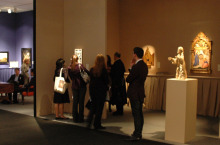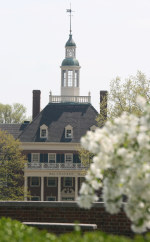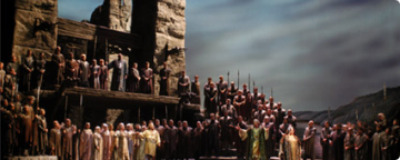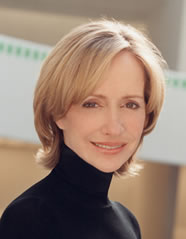There it was again: another example of a logical fallacy in the way arts institutions think about appealing to new audiences (translation — younger and more diverse audiences). Somewhere
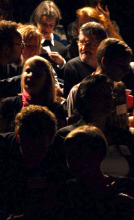 along the way, reaching out to new audiences was equated with new works, as if those in a museum, or in a dance company’s or orchestra’s repertoire, couldn’t possibly attract the hip young people that seem to be the holy grail of cultural organizations. In The New York Times Arts & Leisure section this weekend, writing about the 50th anniversary of Lincoln Center, Tony Tommasini exhibited a very mild version of this affliction:
along the way, reaching out to new audiences was equated with new works, as if those in a museum, or in a dance company’s or orchestra’s repertoire, couldn’t possibly attract the hip young people that seem to be the holy grail of cultural organizations. In The New York Times Arts & Leisure section this weekend, writing about the 50th anniversary of Lincoln Center, Tony Tommasini exhibited a very mild version of this affliction:
It could also be argued that the complex’s citadel-like feeling has deterred potential audiences. With its institutional appearance, Lincoln Center does not look at first glance like a place for innovative or experimental work.
We saw the same kind of “logic” earlier this year when some critics expressed disappointment that the Metropolitan Museum of Art had chosen Thomas P. Campbell — a tapestries curator, for heaven’s sake — as its new director. What could that possibly forbode, they asked, for displaying contemporary art and luring new audiences to 1000 Fifth Avenue?
To me, this is not only a fallacy…

